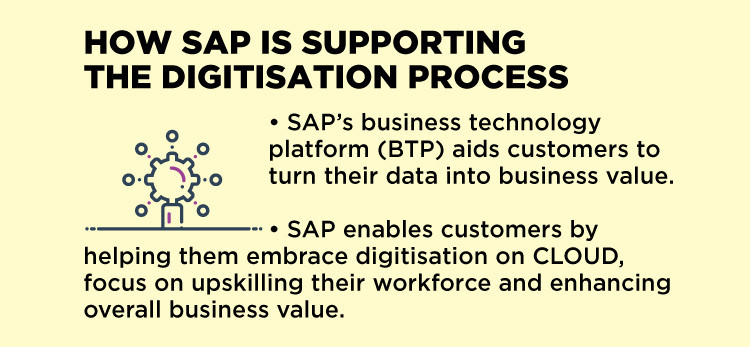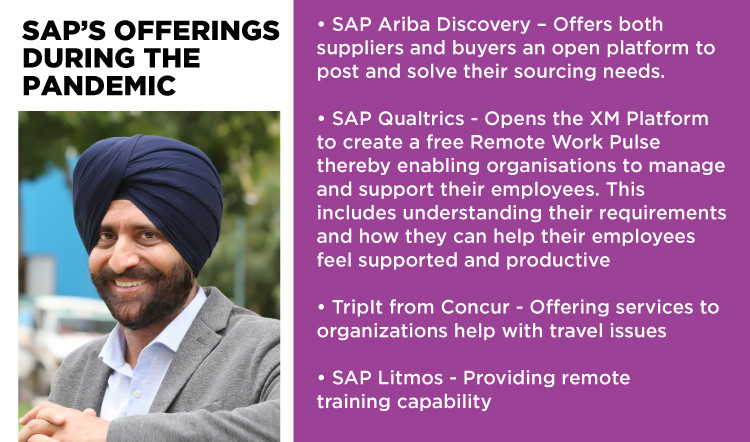Q] ‘By 2022, most global revenue in media will come from digital revenue’ says a statement on your website. How do you view this scenario in India? What are the key focus areas for you in this sector?
Media companies have been at the forefront of digital transformation. From the outset, consumers have driven this transformation, combined with digital native companies entering the industry. The winners will be those media companies that drive deep, intimate, personalised, and engaging relationships with consumers in a world of almost infinite media choices.
The strategic digital pillars required to win are as follows:
• Evolving Content experience by producing compelling content and delivering a beautiful experience across multiple devices.
• Changing audience behaviour: Media companies increase their relevance to consumers by using captured and analysed data to personalise content offerings and user experience. They need to match specific content with the most appropriate audiences, channels, and flexible business models.
• Architecting for scale and flexibility: To better compete with disruptors, more and more media companies need to build their direct-to-consumer platforms. As more consumer data is harnessed and advanced analytics are applied, new targeting opportunities can emerge.
In India, many media companies are already following these strategic pillars with most of our content consumption now happening online with OTT applications. These are exciting times for the Indian media industry.
Q] Machine learning, Internet of Things (IoT) and advanced analytical technologies have gained more significance now. What are still some of the challenges that Indian companies, specifically the media industry is facing in terms of adopting these technologies and gaining traction from them?
An intelligent enterprise enables employees to focus on higher-value outcomes and invent new business models and revenue streams.
By applying intelligent technologies such as the Internet of Things (IoT), AI, machine learning, and advanced analytics, leading media companies can transform into event-driven businesses.
These event-driven businesses automate repetitive tasks, enable employees to focus on higher-value tasks, and allow the invention of new business models or revenue streams by monetizing data-driven capabilities and applying core competencies in new ways. Certain areas that need attention by the media industry are:
• To optimise existing processes for more resilience, efficiency or reliability
• To extend current business processes to capture new sources of value and revenue streams
• To transform the company’s value chain or business model to capture customer advocacy and enhanced experience.
Q] About 80% of SAP’s customers are SMEs. SMEs have been the worst hit during the pandemic. And it has impacted digital advertising in a big way too. How do you see this particular market recovering?
SMEs are the backbone of the Indian economy and the impact of the pandemic on economy and businesses has been felt majorly by MSMEs across the country. Being a potential contributor to India’s GDP (29%) and providing employment to over 111 million people, it is imperative to strengthen the sector for the revival of the country’s economy.
As a market leader in enterprise application software with 80% of our customer base in India being in the SME segment, SAP understands the requirements of emerging businesses and is offering a broad and innovative range of solutions.
We have been working towards enhancing the digital journeys of the MSMEs and support them with relevant technologies and skills. We have launched the Global Bharat Program to enable our Indian SMEs to become globally competitive by equipping them with digital technologies.
Along with our partners, NASSCOM Foundation, United Nations Development Programme (UNDP) and Pratham InfoTech Foundation, this programme complements the government’s vision to empower SMEs to stay relevant and continue doing business.























